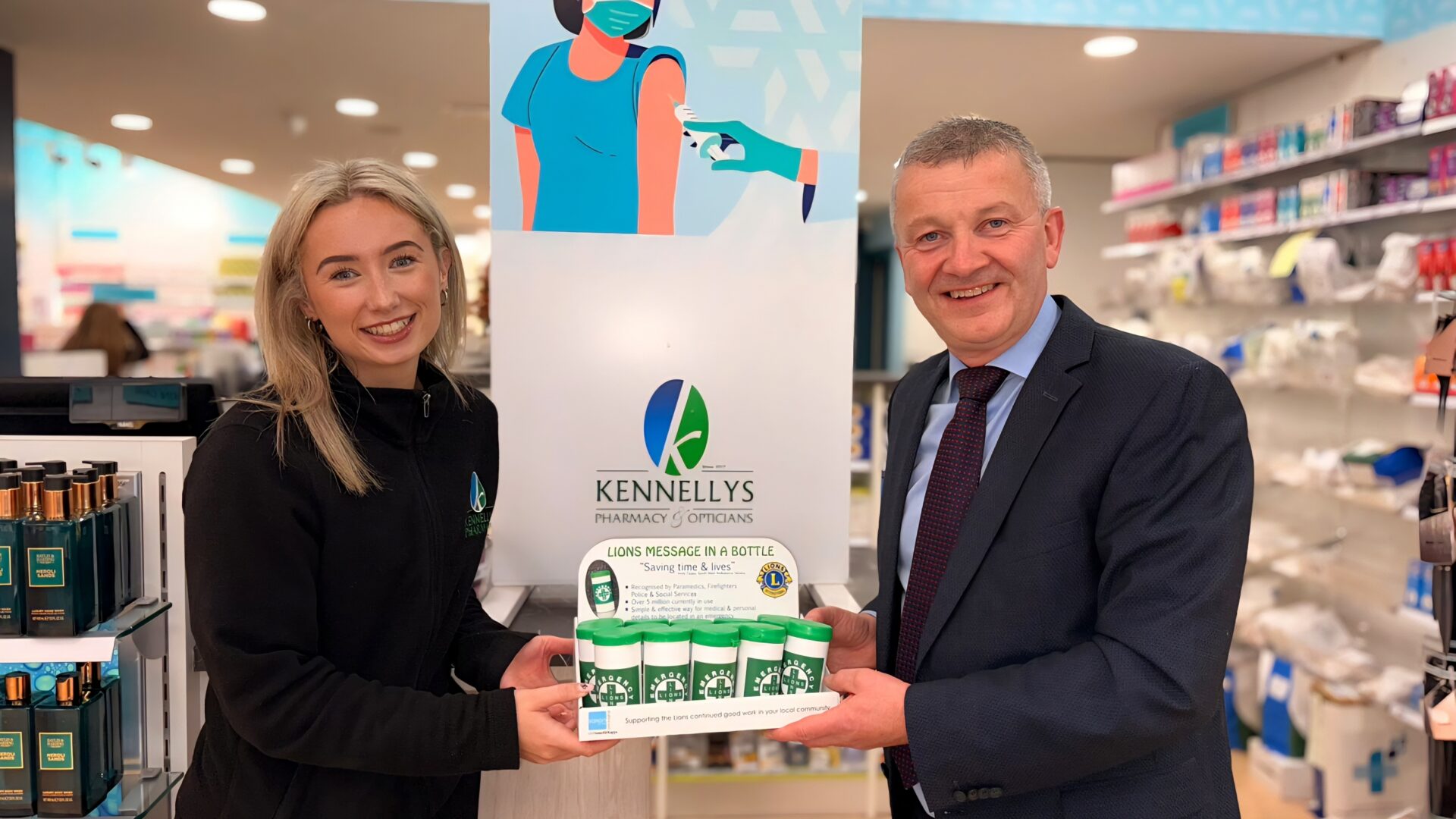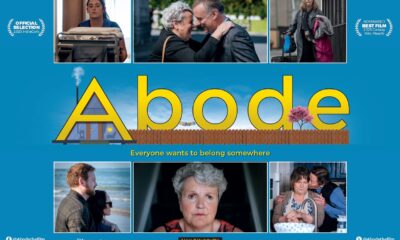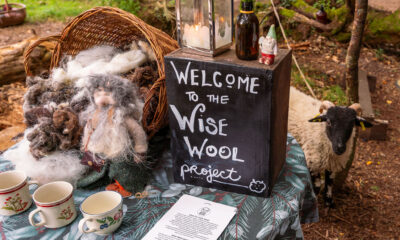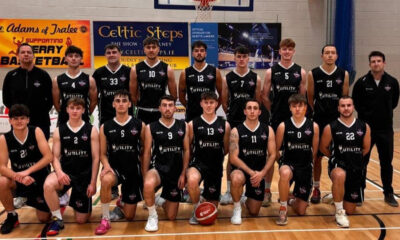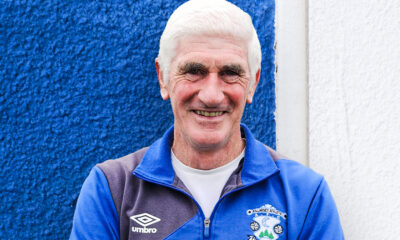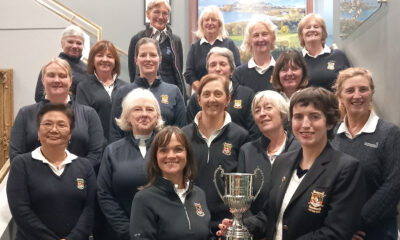News
People blame the Church but where was the State?
P
Pope Francis’ day-and-a-half visit to this country enjoyed “a tight line” across all media, social and traditional, Twitter or newspaper, at home and abroad.
“Over-shadowed by scandal,” was the conclusion - by the mother and baby homes, and by the priests’ and nuns’ sexual abuse of children here and elsewhere.
The tight line, or meridian if you like, was drawn and measured on the papal visit of 1979, which, by the way, was 39 years ago. In 1979, X number came out to see the Pope. In 2018, Y number did. Therefore the church is dead and there is a radical change in Ireland.
Of course the problem with this flawed logic is that you assume the church was alive in ‘79 and further that it is dead now. Both assumptions are wrong, in my opinion.
Catholicism in Ireland among the young was by no means uniform, or even particularly strong, “forty years ago”. A lot of us went to Galway and elsewhere for the show.
And one of the key factors of the 1979 visit of John Paul II was ignored entirely last week: celebrity culture or what was then known as ‘superstar’. Pope John Paul was a mere 18 months in office when he came to Ireland. This was among the first countries he visited. We were enormously flattered.
The country had two or three half airports. We were not used to popes travelling. Irish people had not travelled much at the time either. There was no Ryanair. It was all Aer Lingus.
He was the first non-Italian pope too. A pope was revered by our parents as God on Earth and he was the prime target for Paisley in the raging North who called all of us in the south “Papists”. We had pictures of severe pointy-hatted popes with gold glasses in the main rooms of our houses. Posters of pop stars were appearing, and a new smiling pope was emerging in a fairly ordinary hat!
To the teenage mind, in 1979, Pope John Paul II may well have been on a par with Gilbert or Donny Osmond.
And to a politically engaged young person, this man was just back from Poland stirring things up against the communists and Russians. A freedom fighter, no less!
I would actually argue that the turnout of last week is about right, if you take away the celebrity status, the spectacle. The group who attended the Phoenix Park and Knock in 2018 is about the same core group as you had in 1979. The rest of us, with only two TV channels, were there for other reasons – maybe even the craic.
This time the hangers on had other things to do.
But there is another aspect which I found a bit more worrying. And this is the single-mindedness of the blame game that is going on.
We seem to be at the same thing as we were at with the Brits for the first 100 years of this State: laying all of our problems at the feet of one group.
1979 was also the year, on the 27th of August, that the Provisional IRA assassinated Lord Mountbatten. The Provos blamed the Brits for all the ills of the Irish and ironically they were helped by Paisley and his Pope bashing too in this.
Brit-bashing was, and maybe still is, a blanket we all sheltered under at times. The Brits did terrible things. But they weren’t the only ones. And they also did some great things. The Irish did terrible things too, and when they got their hands on the State they did terrible things particularly to the poorer people, and the social outcasts, and women.
The point I am trying to make is red anger for nothing or the red mist that blinds - and to me, last week’s target was too narrow.
I am intrigued as to why there weren’t questions raised about the role of the State in the mother and baby homes last week? Why the dots were not joined? The State did not allow contraception, except on a doctor’s prescription. The homes continued right up to the late 1990s. Look at the three decades battle to have any kind of abortion allowed.
Last week we looked at the past and saw only one part of the picture. But where was the State and its representatives?
The institutions were not totally isolated. Medical people, gardaí and politicians almost certainly knew what was going on. I’d put money that some of these people knew suspected sexual abuse too. Back then it was called “interfering”…
Where I grew up, I was very close to an old woman who used to mind me occasionally. She had no electricity, yet she had what I considered the cleanest house on the road, smelling of strong carbolic soap. She had nationalist green cupboards and could sing songs from 1798 that few remembered. She was an avid radio listener and more importantly she was a magnificent storyteller.
Every so often, this woman, who was crippled from arthritis, would try to talk about the time she was put into the orphanage in Killarney, along with her sister and brother who both emigrated to England young. That was one story she never managed to tell. It would choke her up.
She never went to mass. I assumed it was because of her arthritis. But one day I remember when the local priest, a stout, red-faced man with a cap, who parked his car at the gate, called to her. I believe it was over sheltering a farm worker, a man no less, in a caravan near her house.
Leaning on her stick, she chastised him from the top of her steps. He did not come past the gate. Even the red hen ran. The scene has never left me. The powerful priest never returned, though the hen did.
And that was I reckon the early 1970s, when we were all supposed to be so holy and so cowed.
The point is that if a woman leaning on a stick, versed in the egalitarian republicanism of 1798, had the raw courage to speak out to a powerful priest, why did it take the rest of us in this free State so long? There were people far more powerful than her who might have got together and stopped the scandalous treatment of poor women and children.
It might not have been easy, it would certainly have been uncomfortable, but I wish we had had more like Noel Browne and Donogh O’Malley.
Last week left me with a lot of unease: instead of examining the wider context, we had mockery of the Pope on twitter, we had juvenile jokes and bad language and photos of the Pope taken from the rear end – and a one-angle story.
It disturbs me to think we may be going down the same road we went before: blaming it all on one identifiable group in the red mist of anger when, as mature people, we need to put it all on the table.




